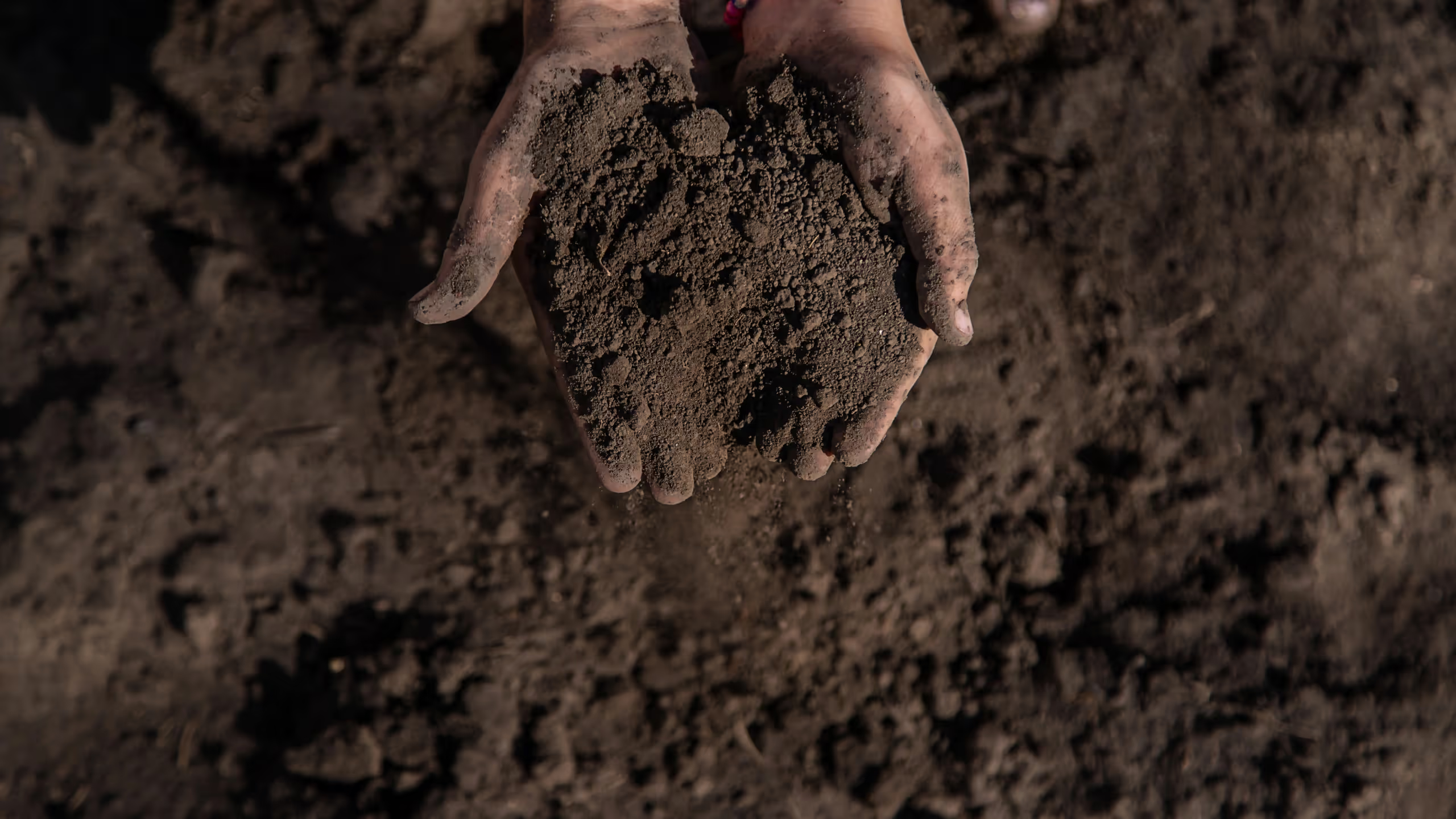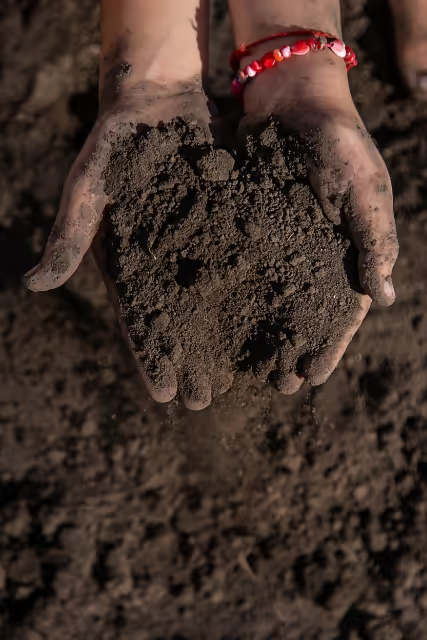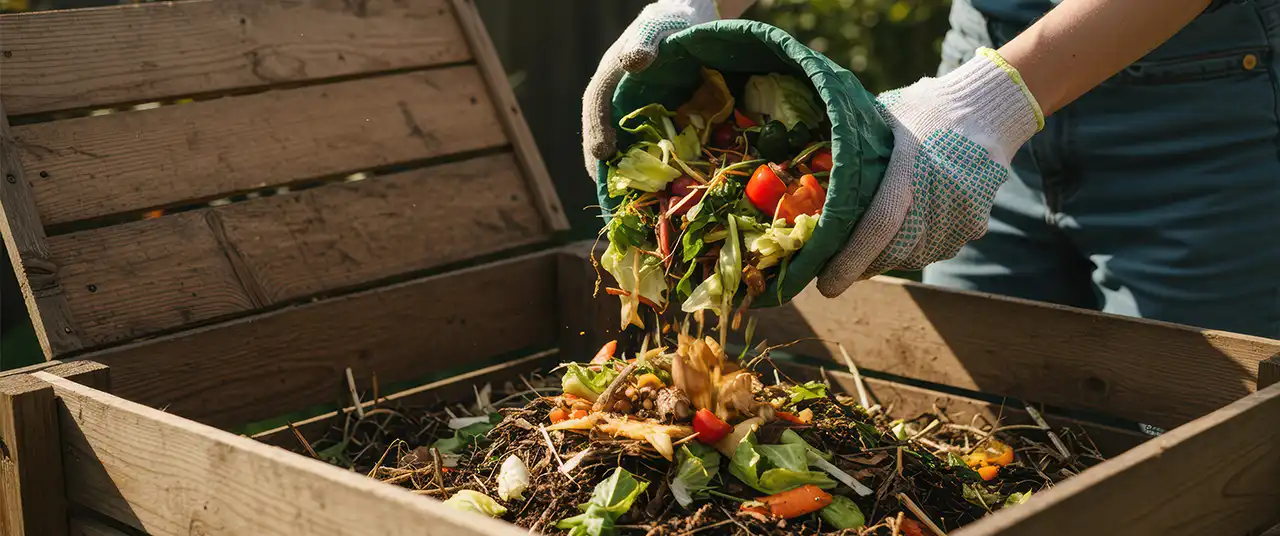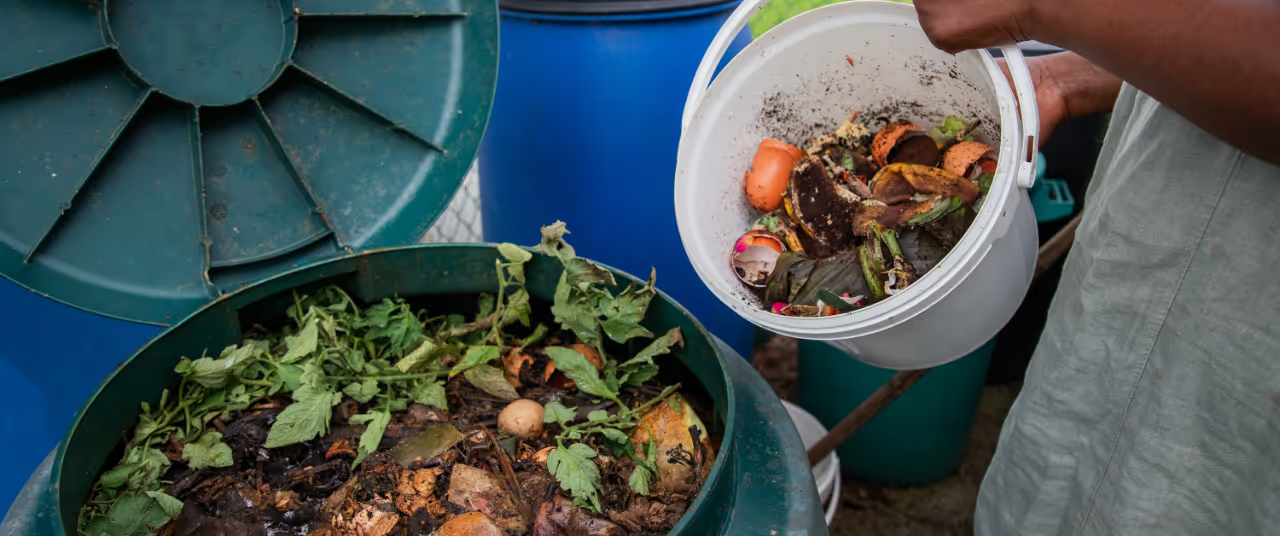A forest floor-like aroma, crumbly texture—compost has ways of signalling its maturity






After months of patient waiting (and the occasional worried peek inside), your compost pile will subtly signal its readiness, but how do you spot it? Ready compost doesn't announce itself with fanfare, but rather whispers its arrival to your senses.
When to use
Good compost has an earthy, forest-floor aroma—pleasant and fresh, never sour, ammonia-like, or putrid. If you can still identify last week's tomato or detect old newspaper shreds, your compost needs more time to mature. Visually, your compost has undergone a transformation. The peels, tea leaves, and eggshells have disappeared into anonymity, leaving behind a uniform, dark brown substance that looks suspiciously like expensive store-bought potting soil.
Texture tells the story of proper decomposition. Run your fingers through the finished compost—it should feel soft and crumbly, breaking apart easily in your hands. When you pick up a handful, it should feel cool and moist but not soggy, similar to a wrung-out sponge.
The temperature test provides the final (scientific) confirmation. There are compost thermometers in the market for those keen on precise measurements, but your hands can give you an approximate measure too. Mature compost should be cool (less than 90°F/32°C), unlike active compost which generates heat during decomposition. Active decomposition occurs most rapidly between 90-140°F (32-60°C), so if your pile is still warm in the centre, give it a few more weeks to complete the process.
Also read: Setting up a compost bin at home: Do’s and don’ts for feed and airflow
Try the “bag test”
Place a small handful of moist compost into a sealed zip-lock bag, pressing out the air first. Leave it for three days. When you open the bag, if it smells sour or strongly of ammonia, microorganisms are still working and the compost isn’t ready yet.
Also read: Trouble in your compost bin? Here are solutions for stink, slush and surprise guests
How to use
For potted plants, which dominate Indian urban gardening, add an inch of compost twice a year. In garden beds, whether you're working with a bungalow compound or a terrace garden, it is also recommended to add an inch or less of compost each year, since excess compost can cause a build-up of nutrients like phosphorus.
Compost can play two roles in a garden bed, depending on how it’s applied: it can be mixed into the soil as an amendment, or spread over the surface as mulch.
When incorporated into the soil, compost boosts nutrient content, balances pH, and enhances soil texture, drainage, and moisture retention. For healthy soils that could still benefit from some organic matter, it’s best to limit digging or mixing to the upper 4 inches of soil to avoid disturbing soil structure and organisms.
When applied as a mulch, compost forms a surface layer that helps keep weeds at bay, conserves moisture, and moderates soil temperature. The process is simple—just spread a layer of compost over the soil surface. Over time, this mulch will naturally deliver the same improvements as compost worked directly into the soil. Unlike chemical fertilisers that provide an immediate but short-lived boost, compost works patiently, slowly releasing nutrients while improving soil structure.
The monsoon season accelerates decomposition while winter slows it down, creating a natural cycle that mirrors the traditional agricultural calendar.
The quantity varies depending on the soil and site, plant selection, compost quality and availability. Most mature (or ready) composts can be used in various situations without serious concerns about the precise amount. Experienced compost users rarely have enough compost for its multitude of purposes and take care to disperse the black gold equitably among their plants.
The monsoon season accelerates decomposition while winter slows it down, creating a natural cycle that mirrors the traditional agricultural calendar. During the rains, your compost pile becomes a hyperactive ecosystem, breaking down organic matter with the enthusiasm of a street food vendor during lunch hour. The seasonal changes mean you can time your compost harvest for the post-monsoon planting season, when your garden is ready for rejuvenation and your compost is at its peak potency.
For best results, avoid using compost on its own in pots, as it's too rich and can hold too much water. Also, if you’re reusing old potting soil, always mix in some fresh compost to revive it. Sieving compost before use can help remove large chunks or unfinished material. Plants like tomatoes and leafy vegetables benefit especially from compost-enriched soil, but be sure to blend it with regular garden soil to maintain pH balance.
Also read: The science of scraps: How to get composting right
{{quiz}}
Explore other topics
References






.avif)




